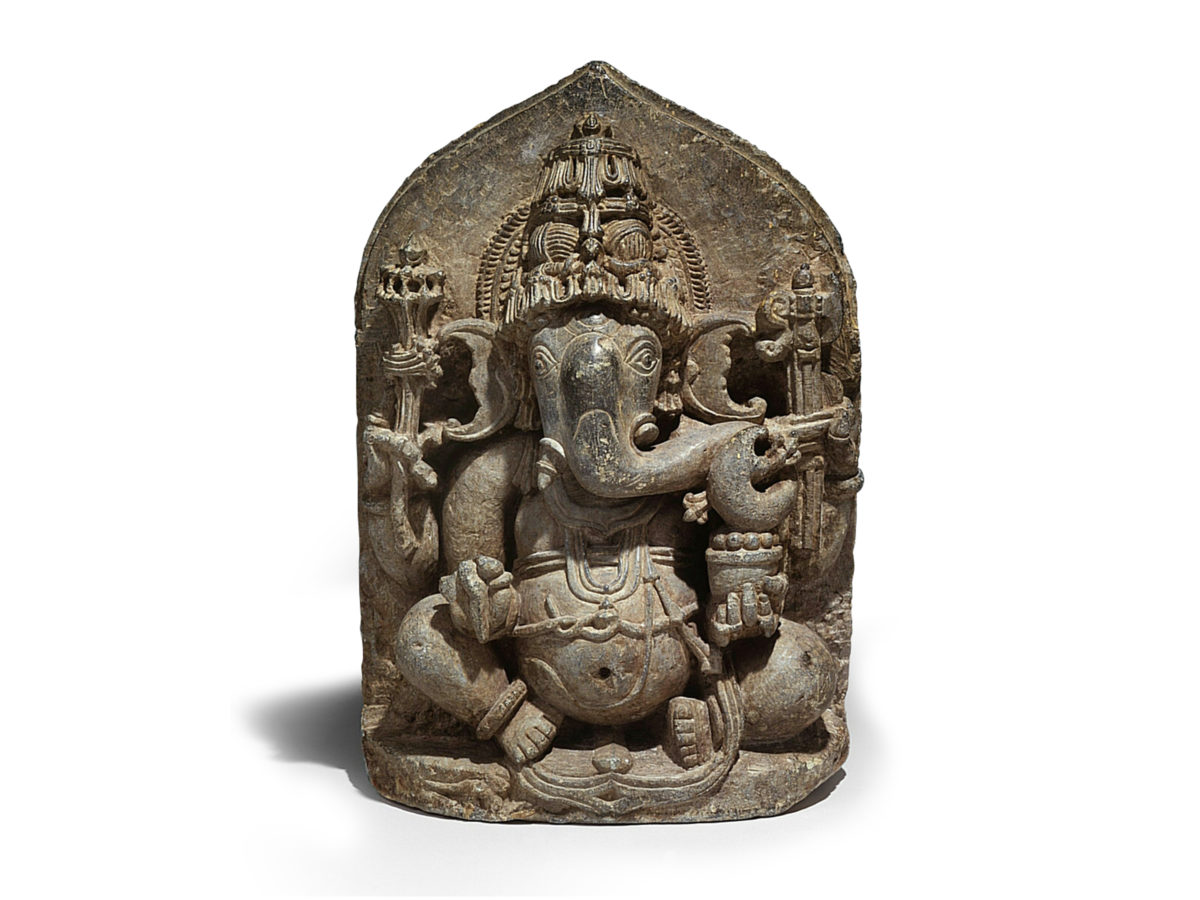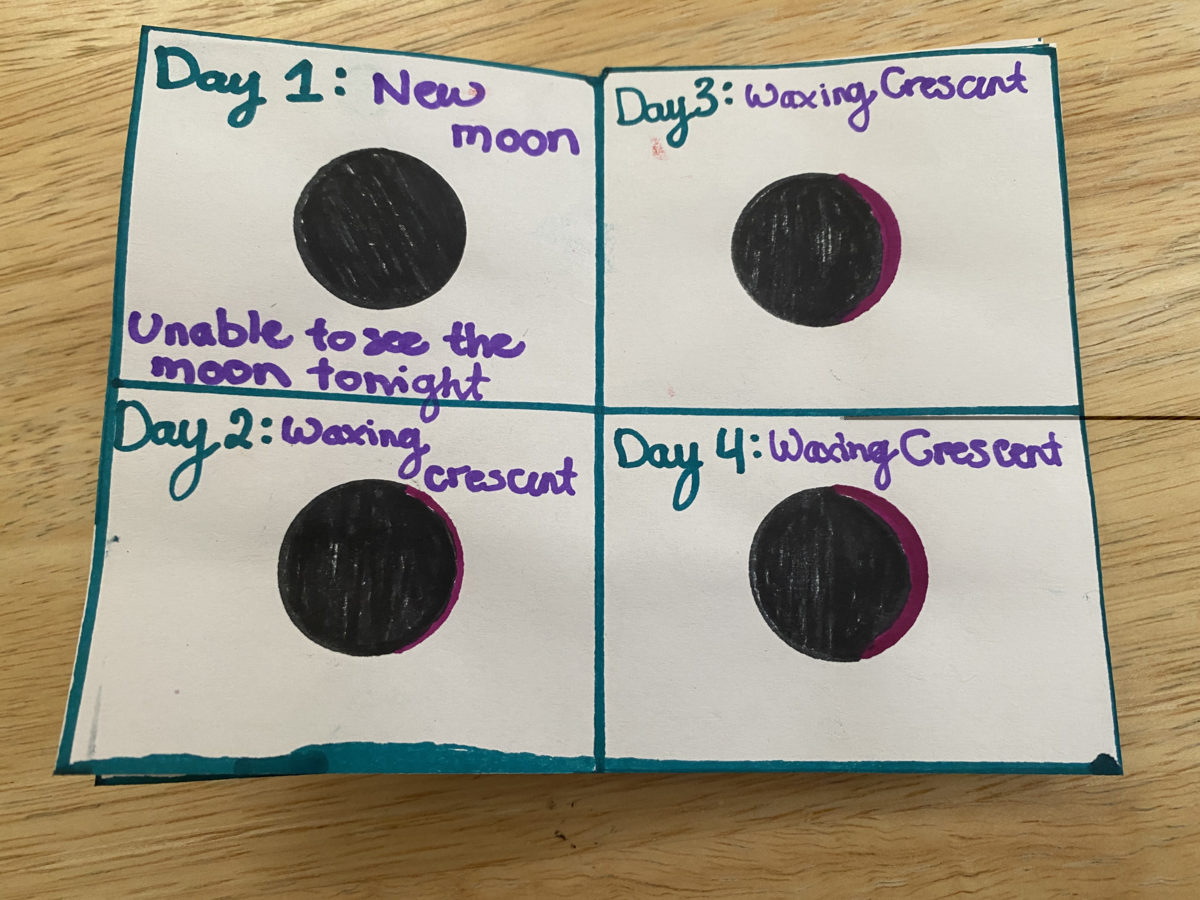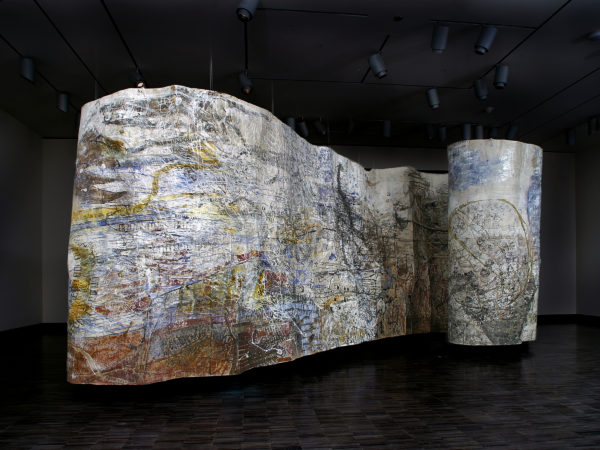Activity
Why the Moon Wanes: Moon Journals

Click through the gallery to see an example.
On his long way home, Ganesha accidentally dropped all of his ladoo or laddu, a sweet Indian treat or candy. As he was gathering his favorite food from the ground, he heard roars of laughter from the moon. Angry at the moon, Ganesha punished the moon that once shone brightly every night by causing it to wane each month. Watch Ganesha and Why the Moon Waxes and Wanes.
In Hinduism, there are different celebrations and times of remembrance that correspond to the lunar calendar. Unlike the months we are familiar with in the U.S. (e.g., January, February, March, etc.), the months in the lunar calendar begin and end based on the monthly cycle of the moon phases. While we most commonly use the Gregorian calendar to tell what day it is, the lunar calendar helps us identify when to observe holidays, rituals, and festivals. Holi, for instance, is the Spring Festival of Colors and takes place on the full moon day in the month of Phalgun (late February to late March).
In this activity, observe the different moon phases, learn about the lunar calendar, and research some Hindu traditions and celebrations.
Materials
Chabot Space & Science Center’s Moon Journals
Paper
Pencil, color markers, or crayons
Printer (optional)
Vocabulary
New Moon: When the entire moon is hidden by Earth’s shadow.
Waxing Moon Phases: After the new moon, the moon slowly starts to come out from behind Earth’s shadow.
Full Moon: When we can see the entire moon illuminated in the sky.
Waning Moon Phases: After the full moon, the moon starts to appear smaller, as it moves behind the Earth once again.
Procedure
- Visit Chabot Space & Science Center’s website to print out its Moon Journals activity. Or create your own moon journal with enough space for multiple entries and daily observations.
- Observe the moon and sketch what you see for a whole week. Try to observe the moon at the same time each night if you can.
- As you observe the moon, try one of the extensions found in Chabot Space & Science Center’s Moon Journals. Can you match any of your moons to the moon phases?
- Explore the Asian Art Museum’s Education Portal or the internet to learn more about Hinduism, its deities, and the different Hindu celebrations and auspicious periods in the lunar calendar.
- Optional: Continue your moon journal for a whole month to observe the entire cycle.
Other Resources on Hindu Celebrations:






